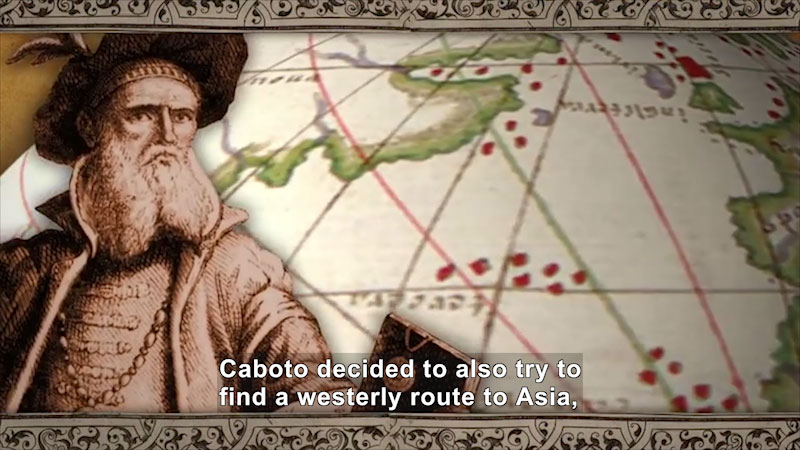World Explorers: Ferdinand Magellan
The educational video "World Explorers: Ferdinand Magellan" from the "World Explorers" series explores the groundbreaking voyage of Ferdinand Magellan, the first explorer to reach Asia via a westward route through the Americas. The video delves into Magellan's early life, his noble Portuguese origins, and his vital role in the spice trade, which made spices such as nutmeg and cloves highly sought commodities. The video details Magellan's petition to Spanish King Charles I, which led to his historic 1519 expedition of five ships and 270 men. The voyage's significance is marked by the discovery of the Strait of Magellan, the naming of the Pacific Ocean, and the first circumnavigation of the Earth, transforming understanding of global geography by illuminating the enormous scale of the Pacific Ocean and bridging East with West. This content is relevant to school curricula showcasing historical exploration, geography, and cultural connections.
Media Details
Runtime: 5 minutes 7 seconds
- Topic: Biographies, Geography, History
- Subtopic: Asia, Biography, Explorers, Philippines, Spain, World Geography, World History - 1450-1799
- Grade/Interest Level: 4 - 8
- Standards:
- Release Year: 2017
- Producer/Distributor: PBS Learning Media
- Series: World Explorers
- Report a Problem
Related Media

World Explorers: Ibn Battuta

World Explorers: Erik the Red & Leif Erikson

World Explorers: Marco Polo

World Explorers: Zheng He

World Explorers: John Cabot

World Explorers: Vasco da Gama

World Explorers: Christopher Columbus

World Explorers: Amerigo Vespucci

World Explorers: Ponce de León

World Explorers: Hernán Cortés
